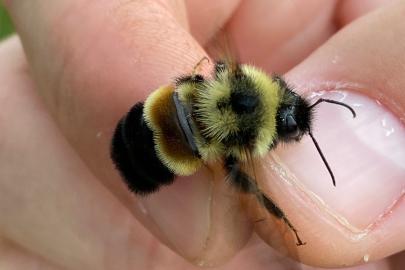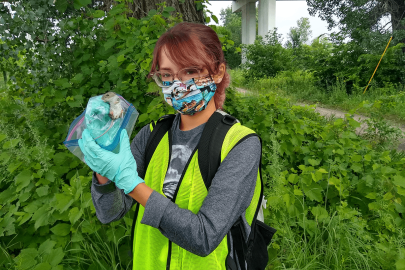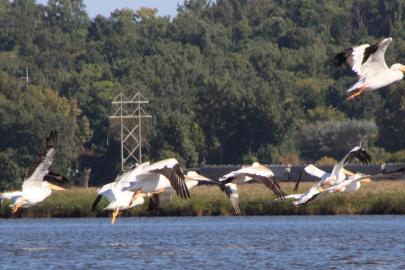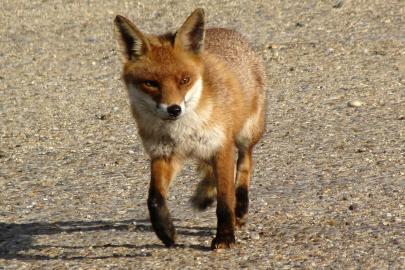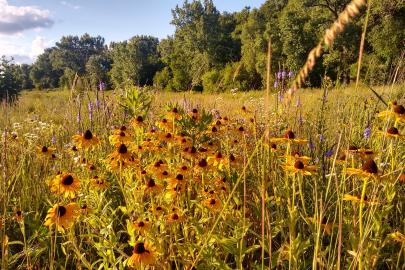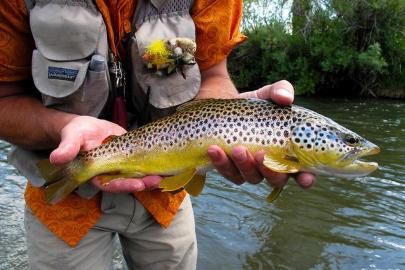We're thrilled that an FMR restoration site, a local woodland once choked with European buckthorn, now supports the rusty patched bumblebee, a federally endangered species. >>
Read moreStay current
Get river news, FMR updates and event calendars twice a month.
